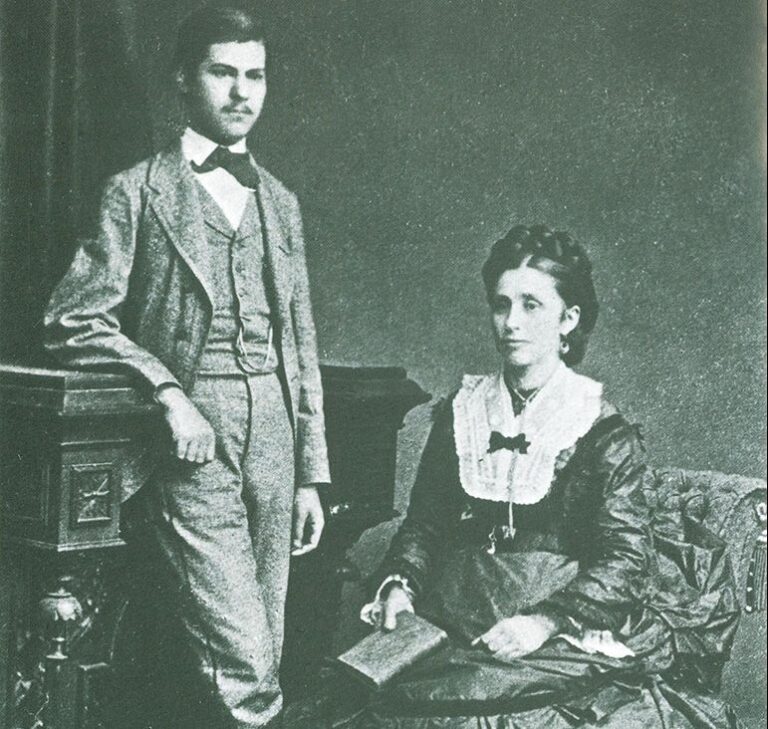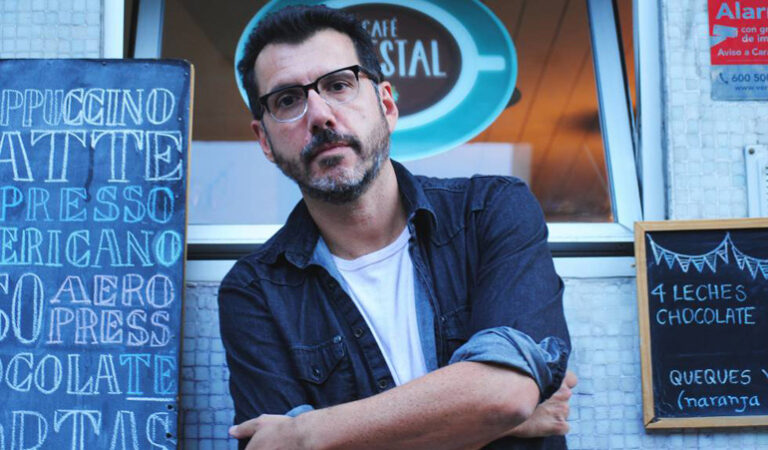Tokyo Ueno Station’s Anti-Stereotypical Portrayal of Homelessness
For the majority of my life I grew up visiting relatives in Japan each summer. For a while, these visits were treated as field trips—my family would bring me to key cultural spots and explain their history, which I dutifully soaked in. As I grew older, I was left to my own desires and would explore places beyond the usual tourist spots I saw as a child. It was during one of these explorations that I first came across the blue tarp tents packed tightly together under a large highway overpass in Nagoya.
When I describe these encampments to Americans, one of the first responses I get is incredulity: I didn’t know there were homeless people in Japan! Though the statement seems ridiculous on paper, I can see where the sentiment comes from. Japan has long been depicted as a homogenous society where everyone benefits from its sleek techno-rich environment. In this version of Japan, everyone is somehow at least middle-class, if not decidedly well off. Yet a quick look at many of Japan’s largest stations and public parks reveals a much different reality. Yu Miri directly tackles homelessness in Japan in her 2014 novel, Tokyo Ueno Station (this year’s translation from the original Japanese, by Morgan Giles, won the 2020 National Book Award for Translated Literature), focusing on the memories and reflections of the ghost of a homeless, migrant manual laborer, Kazu, as he wanders through the titular park, which had been his home.
But while Yu goes into great detail about the homeless experience in Ueno park, Kazu’s homelessness is not the emotional core of the novel. Instead, the focus is on a man trying to come to terms with grief and loss. What pulls the reader’s heartstrings is not his plight in Ueno park necessarily, but the grief he still carries over the sudden death of his only son a number of years before, as well as the feeling of meaninglessness that settled on him after that loss. Much of Kazu’s story is centered on family: he left to work at a port once he graduated from elementary school to support his six younger siblings. Once he had a family of his own, he sought out work wherever he could to ensure his loved ones were able to pay for their needs, eventually ensuring that his children could have the schooling he was unable to. Because of his desire to provide for his wife and children, he only visited them a handful of times over the span of twenty years. Kazu’s memories and the pain he carries are the emotional center of the story, not his homelessness, which forces readers to see him first and foremost as a human being, rather than as a statistic. As Kazu notes, “Before, we had families. We had houses. Nobody starts off life in a hovel made of cardboard and tarps, and nobody becomes homeless because they want to be. One thing happens, then another.” This seems like an obvious point to make, yet those in Kazu’s situation are so often reduced to their homelessness, stripped of all the factors that make up their personhood. While the setting for Tokyo Ueno Station focuses heavily on the park, what is important are the people who move through that space.
Yu’s deep depiction of Kazu pushes against the notion of the homeless as somehow separate from society. Often, the language of homelessness frames homeless individuals as “the other,” as deviating from social norms by some fault of their own. The homeless as a result become invisible, even as they live in significant numbers within the park. As Kazu notes, “To be homeless is to be ignored when people walk past while still being in full view of everyone.” Nowhere is this made clearer than in Kazu’s description of imperial visits to Ueno Park. Each time a member of the imperial family visits one of the museums or events taking place in the park, the police clear out those living in it—even in the dead of winter—forcing them to break down their tents and move their belongings to a separate area, out of sight. During imperial visits, the residents of the park cannot even be in the park, and must find a place to stay until they are allowed to return. The novel’s narrative perspective heightens this invisibility of the homeless by presenting Kazu as a ghost telling his story and overhearing the conversations of park visitors. Whether he is a ghost or a physical being, he is treated the same. At one point, Kazu muses to himself, “If I don’t exist, I can’t disappear either.” While Kazu says this in passing, his comment highlights the malicious nature behind the decisions made by the officials to clear the park. New design decisions or sudden changes in park layout—dubbed hostile design by homeless advocates—are intended to “discourage” the homeless from staying in the park. The goal is as simple as Kazu’s statement: if there are no homeless people around, there is no longer any need to go through the effort to make them disappear. The genius of Yu’s work is in revealing the deeply troubling treatment of the homeless through the lived experience of a single character.
By making Kazu’s memories the emotional motor of the story, however, Yu guides readers away from the spectacle of homelessness in order to more meaningfully consider the human beings behind the stereotypes we so easily fall back on. By the nature of his circumstance, Kazu is viewed first and foremost by those around him as a homeless man. His past, his devotion to his family, and his grief are ultimately elided by his socioeconomic circumstance. But the novel never lets us forget his humanity, nor does it pretend that he, or the other residents of the park, are somehow separate from Japanese society. Throughout his memories, Kazu recounts significant moments in Japanese history, such as the end of World War II, the day he joined a crowd of citizens greeting Emperor Hirohito, and the birth of the crown prince on the same day his own son was born. Similarly, another homeless character, Shige, is presented as deeply knowledgeable about the history behind the various monuments and museums around the park. These are not characters who are outside of the national culture—they have lived through it, just like everyone else in their generation.
Even by the end of the novel, Kazu’s personal story, as opposed to a direct philosophical consideration of how society at large treats those in his situation, remains the focus of the narrative. His attention once again settles on his family, rather than on the park, his life there, or even his death, and he ends the novel returning, in some sense, to those he loved so deeply and labored so hard for. Through the very end of the book, Yu stays true to the things that are most meaningful to Kazu as a character; she is able to make a larger cultural critique precisely by grounding the larger experience of homelessness in one specific individual—Kazu creates a sympathetic lens through which readers can come to terms with this larger social issue. But still, Kazu remains Kazu until the very last page, just as each homeless individual is first and foremost a person worthy of individual consideration and compassion.
Tokyo Ueno Station forces readers to consider how the arbitrary boundaries of belonging and otherness are determined, as well as how marginalized individuals are forced to exist within certain parameters—and to disappear out of sight when necessary. In many ways, Yu is well situated to tackle this topic. Her previous work has addressed many issues that Japan, at large, has tended to hastily paper over: dysfunction within family units, disenfranchisement of minority groups, violence towards women. Moreover, as a zainichi—an ethnic Korean living in Japan, often having family roots in the country that reach all the way back to Japan’s occupation of the Korean peninsula—Yu has openly discussed her own experiences with discrimination and outright racism throughout her life. But she has also resisted the attempts of the Japanese literary sphere to shove her into a certain box. As with marginalized writers in the United States, Yu’s “zainichiness” becomes the reductive lens through which her work is viewed, rather than one element of how she processes the world into literature. She is often expected to perform her identity in a certain way, rather than being allowed to set the terms of her identity for herself. But Yu continues to resist the labels placed on her, and seeks out the stories of others who are under similar pressures. In an interview with Motoko Rich in the New York Times, she says, “I’m kind of like a parabola antenna, so that I can magnify the small voices of people who aren’t often heard.” Yu’s attunement to these “small voices” and her skill with storytelling make Tokyo Ueno Station a novel that, while remaining focused on specific elements of Japanese society, offers a global critique of how marginalized groups are dehumanized and pushed aside.
This piece was originally published on December 16, 2020.


